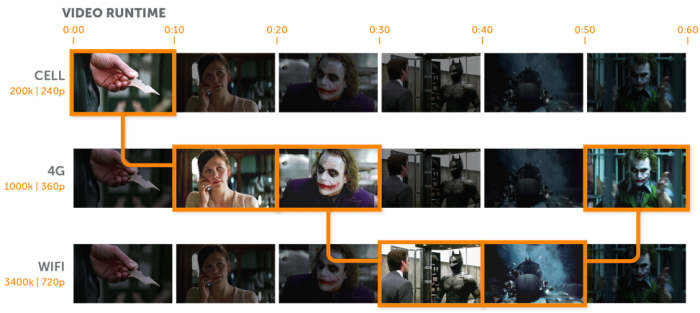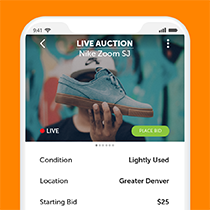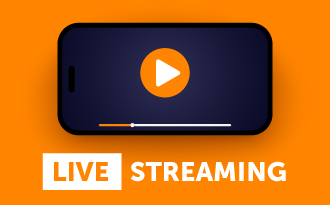VOD Streaming: How It Works
July 28, 2022When most people think of video streaming, they envision popular services like Netflix, Hulu, or DisneyPlus. These video-on-demand or VOD streaming services act as content platforms from which users can view pre-recorded videos at their own convenience from their chosen devices. But while the benefits to users are well-known and clear-cut, what about the benefits to content developers like yourself? What can VOD mean for you and your business? And how exactly does it work?
Applications of VOD

Once upon a time, if you wanted your video content to be seen, you had to either convince a broadcast network to air it or invest in physical media. Along with livestreaming, VOD has been a game changer for many businesses, allowing video content creators to bypass various gatekeepers and more directly connect with audiences.
VOD doesn’t have to be limited to just highly produced entertainment on our favorite streaming platforms. The same technology responsible for your Netflix subscription can be applied to fitness videos, eGaming highlights, sports clips, podcasts, tutorials, and more. No matter the scope of your audience, this technology can bring you closer together.
What’s more, this is all a lot easier than you might think. So, what’s going on behind the interface?
Using the Correct Video Files

What video files should you use? Let’s start at the end and work backwards. After all, the types of playback devices you want to access will determine the protocols you choose to use and the specific codecs and wrappers (or file containers) they require. For example, the HLS protocol requires the .ts file container while the MPEG-DASH protocol requires .mp4.
If you want playback capabilities across all devices, and you likely should, then prepare your files accordingly.
Uploading and Optimizing Your Video

Once uploaded to the streaming platform, your data files are optimized for online streaming. This is where the protocols such as HLS and DASH come into play. Your files are converted to meet various packaging requirements for playback across devices. Which protocols you use for various video files depend on the file containers you selected in the first step.
This is also your opportunity to differentiate your video packages to meet a range of needs. Create multiple renditions in different resolutions and bitrates for adaptive bitrate streaming (ABR). This allows playback devices to better adapt to changing bandwidth and avoid freezing or buffering.
This process often includes encryption to secure streaming content and prevent unauthorized usage, such as screen recording. Do this using a multi-key Digital Rights Management system (DRM). Encryption is highly recommended but not essential for a successful VOD stream.
Managing Your Content in One Place

Now your files are ready for streaming, but your job isn’t quite over. Use a content management system (CMS) to handle delivery. Here you can connect metadata to your video files, keeping it all organized and stored in a centralized database.
It’s important that your video files are accurately organized and tagged. This directly affects viewers’ abilities to search for and easily retrieve their desired content. Accurate metadata makes for quick and easy search results that play immediately upon selection.
Streaming Across A Content Delivery Network

So what happens now that your files are ready for viewing? Provided you’ve set everything up correctly, your job is done (at least as far as these files are concerned). Now you just need a viewer to come and request access to one of your videos.
When this happens, the video files are cached on a content delivery network (CDN). This collection of geographically distributed servers makes it possible to smoothly stream VOD content worldwide. The video is hosted from the closest server to optimize playback. The CDN also dynamically scales the hosted video to allow for virtually unlimited viewers per stream.
Playback Devices and Streaming Success

Everything else is in the hands of the viewer’s playback device, be it a television, laptop, or smart phone, which decompresses and decodes the video. This shouldn’t be an issue provided you’ve used the correct protocol for each device. Playback devices also play a role in DRM as they often need user authorization to display content (think logins for your streaming accounts).
And that, in a nutshell, is how VOD streaming works from your raw video data to user access and enjoyment. Files are compressed using specific container files, uploaded to a CMS, tagged with essential metadata, and streamed on demand to playback devices via a CDN. Streaming services like Wowza Video can help simplify this process even further by providing you access to a comprehensive CMS as well as our expansive CDN.





